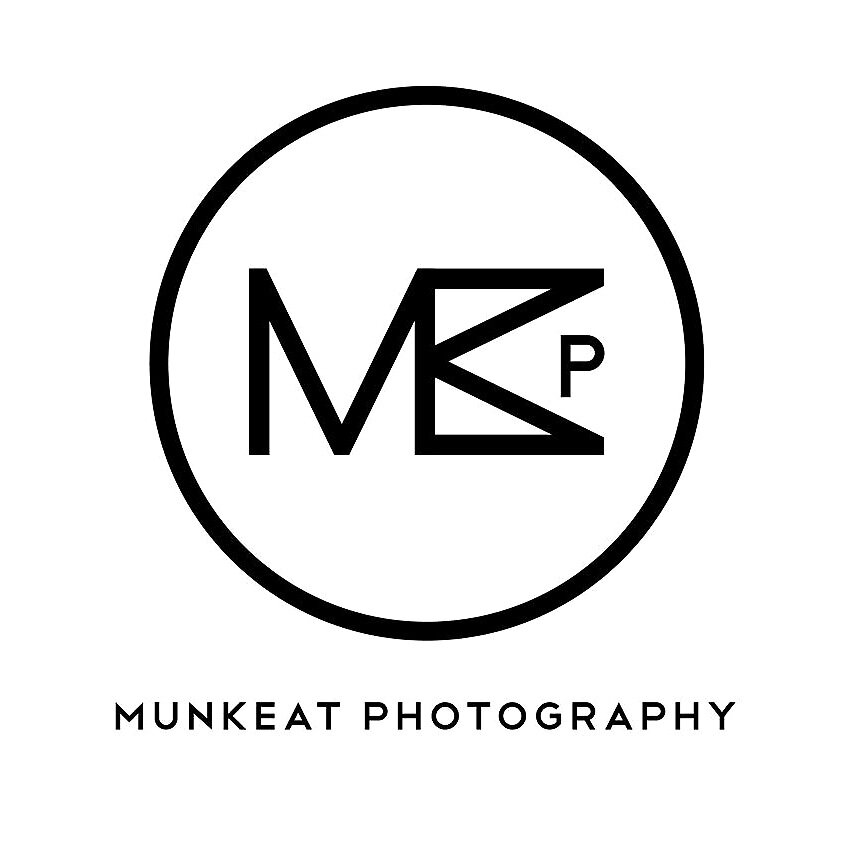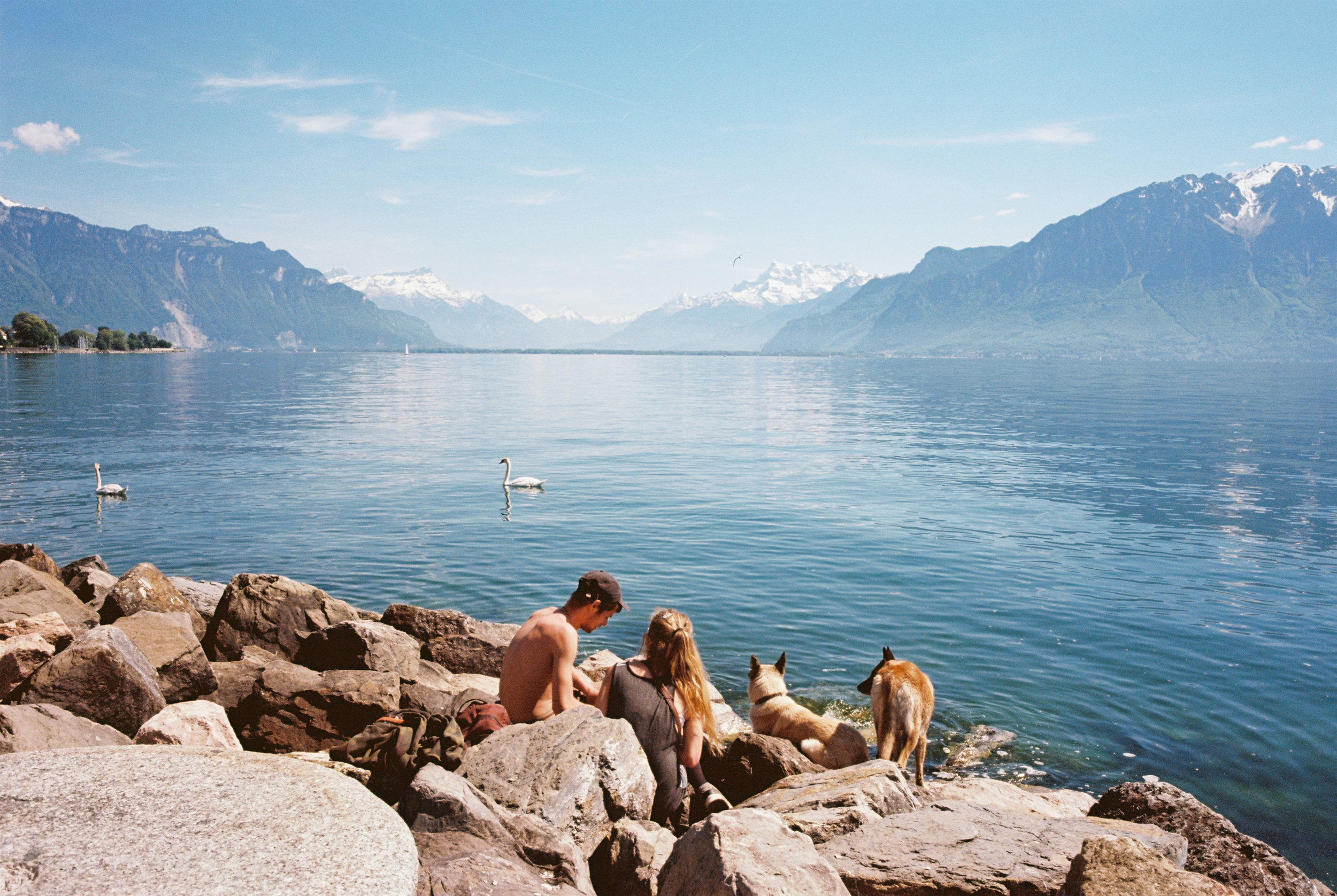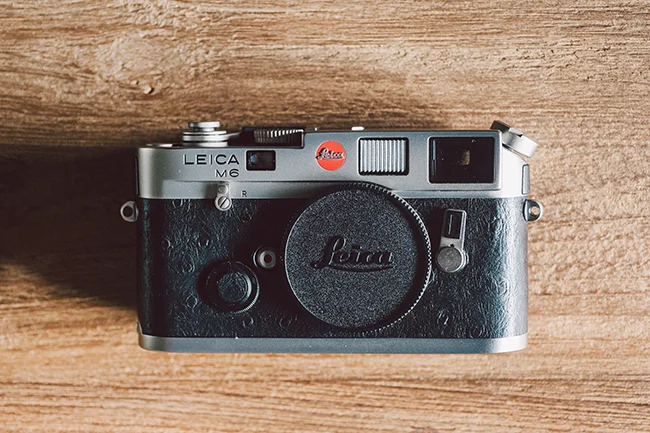Buying a used camera can be a daunting task especially when the camera is approximately 20 years or older. Given the high value and collectability of these evergreen film Leica M cameras, it makes much sense to thoroughly check it before taking the plunge to avoid heft repair bills that might hit you later on. Having collected more than 50 cameras over the past 8 years, I have formulated some simple steps on how to perform these check on your own.
Visual inspection. - Check for wear. Usually, high milage cameras tend to have more scratches on the bottom plate, top plate as well as the leatherette area near the strap lugs . For Leica M2 and M3, top plates scratch near the Leica script as well as the shutter speed dial usually resulted from the Leica Meter attachment . That is pretty normal for user grade cameras. The scuffing usually comes from installing and removing these light meter. Just ensure no dents or flat edges as it’s an indicator that the camera has been dropped and might have some internal damage.
Check the condition of the viewfinder and rangefinder window - If you view the camera from the front (where the lens mount facing you), you shall see 3 windows. One being the viewfinder with the biggest opening (right), the middle opaque window is the frame line illumination window and the smallest one being the rangefinder focus window ( left ). Ensure the mirror element inside the system has no desilvering ( black markings ) which usually happens from moisture buildup. The moisture penetrates the silver coating on the back of the mirror, causing it to separate from the mirror glass leaving black dots or marking on the affected areas. If you see this, avoid the camera at all cost as the desilvering will worsen over time and it’s costly to replace.
Perform a focus test with a lens. Look through the viewfinder as well as the centre focus patch, it should be sharp and bright. Should you see any hazing or mild blurriness in the viewfinder, it’s an indication that it might have fungus or oil evaporation. This usually requires a full overhaul / CLA ( clean, lubricate, adjustment ) by a certified technician.
Turn the lens focus tab from one end to another, ensure the focus patch is moving smoothly. Try moving the frame line selector and ensure it is not stuck in any position. Stuck frame line selector and rangefinder focus patch is common when the camera is left in the drybox for too long as the lubrication dries up.
Do a rangefinder accuracy test. Unlike digital cameras where you will be able to instantly preview your shots to check if the rangefinder is in sync, but for a film camera that is not quite possible. One easy technique is to use a very far object such as a building, mountain or even the moon for focus test. Focus the lens to infinity and ensure the subject on the focus patch match up perfectly in both the vertically and horizontally. If it’s not, the rangefinder calibration is out of sync and require adjustment.
Check the shutter curtain for any sign of damage. Remove the lens or cover from the body. Set the camera to 1s shutter speed, cock the shutter and trigger a shot while pointing the shutter at a strong light source. Observe if there are any holes or light leak through the shutter curtains. As camera ages, the cloth may tear or worse case scenario being eaten by bugs.
Test all shutter speed, specially 1/30s and below. Older film Leica has a tendency to freeze up as low shutter speed. This happens when the camera internal lubrication has all dried up causing the gear system to be stuck. Place your ear close to the camera and try to listen to the shutter mechanism as you cycle through all the speed from 1s to 1/1000s. It should be smooth and clicking without hesitant. If you hear irregular clicking …it’s a sign it needs a CLA. Repeat the same process for cameras with self-timer too.
Check the shutter counter . Ensure it’s working as it should. Once you remove the bottom plate, the shutter counter should reset back to zero. For M2 it has no auto-reset while the M3 film counter will only reset itself when you remove the spool. From M4 to M6 as well as the new MP , it has the new auto reset once the film is removed from the camera.
Check the film winder, ensure it move freely and not stuck.
Check the battery compartment for sign of battery leak and corrosion.































